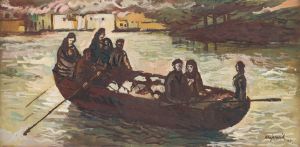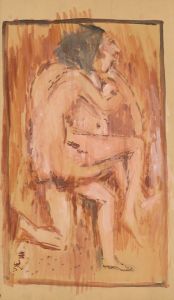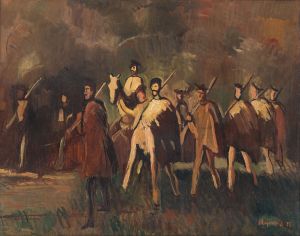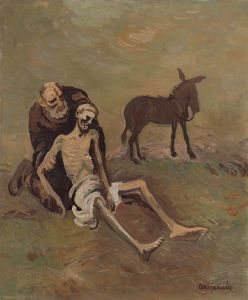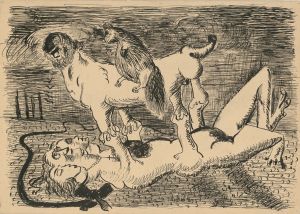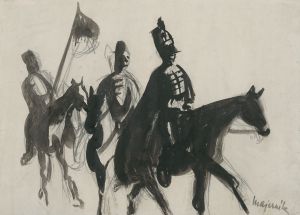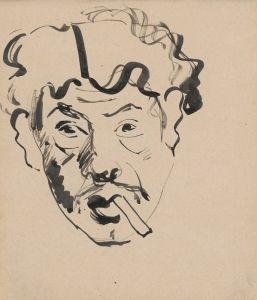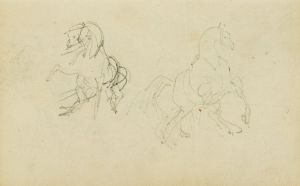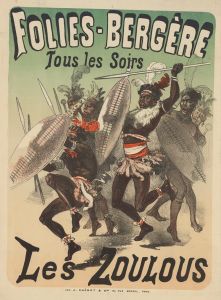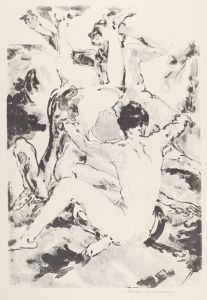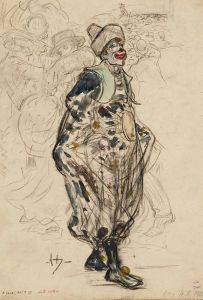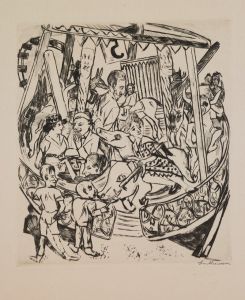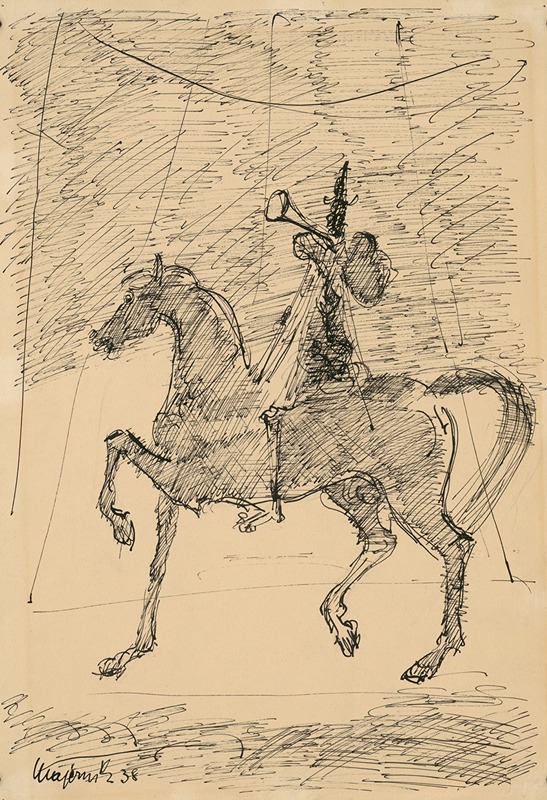
Clown on a Horse
A hand-painted replica of Cyprián Majerník’s masterpiece Clown on a Horse, meticulously crafted by professional artists to capture the true essence of the original. Each piece is created with museum-quality canvas and rare mineral pigments, carefully painted by experienced artists with delicate brushstrokes and rich, layered colors to perfectly recreate the texture of the original artwork. Unlike machine-printed reproductions, this hand-painted version brings the painting to life, infused with the artist’s emotions and skill in every stroke. Whether for personal collection or home decoration, it instantly elevates the artistic atmosphere of any space.
Cyprián Majerník was a Slovak painter known for his poignant and expressive works, often reflecting the socio-political turmoil of his time. One of his notable paintings is "Clown on a Horse," which captures the essence of his artistic style and thematic focus. Majerník was born on November 24, 1909, in Veľké Kostoľany, Slovakia, and he became an influential figure in Central European art during the early to mid-20th century.
"Clown on a Horse" is a significant work that exemplifies Majerník's interest in exploring themes of existential anxiety and the absurdity of the human condition. The painting depicts a clown, a figure traditionally associated with humor and entertainment, riding a horse. This juxtaposition of the clown and the horse creates a striking image that invites viewers to ponder deeper meanings. The clown, often seen as a symbol of joy and laughter, is placed in a context that suggests a more complex narrative, possibly hinting at the struggles and contradictions inherent in life.
Majerník's use of color and form in "Clown on a Horse" is characteristic of his broader oeuvre. He often employed a muted palette, with somber tones that convey a sense of melancholy and introspection. The composition of the painting is carefully constructed to draw the viewer's eye to the central figures, while the background remains understated, emphasizing the isolation and focus on the clown and the horse.
The historical context in which Majerník created his works is crucial to understanding their thematic depth. The interwar period and the rise of totalitarian regimes in Europe deeply influenced artists of his generation. Majerník, like many of his contemporaries, was affected by the political instability and the looming threat of war. These experiences are often reflected in his art, which frequently grapples with themes of alienation, identity, and the human struggle against oppressive forces.
"Clown on a Horse" can be seen as a metaphor for the human experience during times of uncertainty and upheaval. The clown, a figure of performance and facade, may represent the masks people wear to navigate a world fraught with challenges. The horse, a symbol of power and freedom, contrasts with the clown's vulnerability, suggesting a tension between aspiration and reality.
Majerník's work, including "Clown on a Horse," has been recognized for its emotional depth and its ability to convey complex ideas through visual means. His paintings are held in high regard in Slovak art history and continue to be studied for their artistic and cultural significance. Despite facing personal and professional challenges, including health issues and the impact of World War II, Majerník remained committed to his artistic vision until his untimely death on July 4, 1945.
In summary, "Clown on a Horse" by Cyprián Majerník is a compelling piece that encapsulates the artist's exploration of existential themes and his response to the socio-political climate of his time. Through its evocative imagery and thoughtful composition, the painting invites reflection on the complexities of the human condition, making it a lasting contribution to the world of art.





